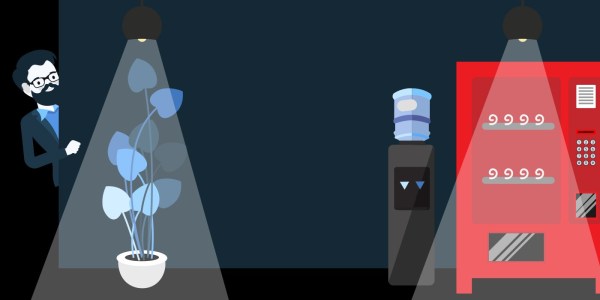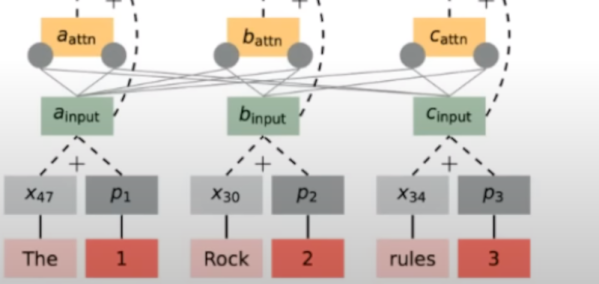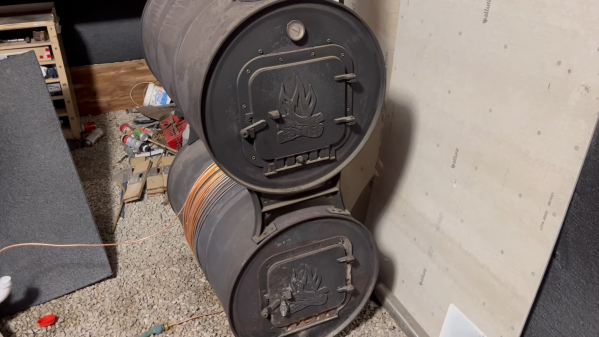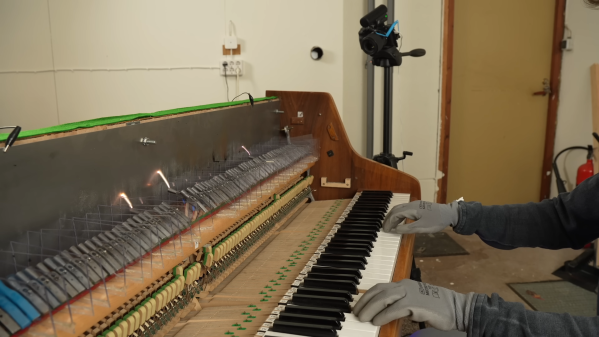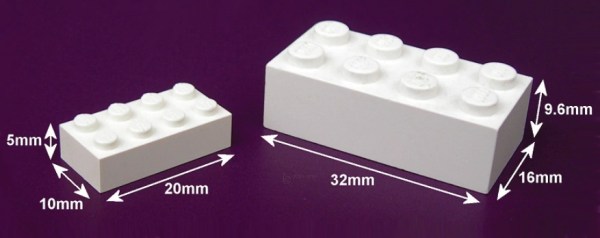When the computer science department of Carnegie Mellon University expanded in the 1970s, this created a massive issue for certain individuals who now found that they had to walk quite a distance to the one single Coke machine. To their dismay, they’d now find that after braving a few flights of stairs, they’d find that the Coke machine (refilled randomly by grad students) was empty, or worse, had still warm Coke bottles inside. What happened next is detailed by the Coke machine itself, straight from the CMU’s servers.
A follow-up by the IBM Industrious blog adds more feedback from those responsible for we now refer to as an IoT device, though technically it was an AoT at the time, being a pre-Internet era. For the bottle-based, 1970s machine, microswitches were installed by students in the machine to keep track of the fill state of each column and for how long the bottles had been inside. After about 3 hours newly added bottles were registered as being ‘COLD’, which could be queried from the PDP-10’s mainframe (CMUA) or via ARPANET using the finger command on the special ‘coke’ user account with finger coke@cmua.
As time moved on and the coke machine was replaced in the early 90s with a newer (and very much non-IoT) model, students would once again attempt to modify it, much to the chagrin of the Coke company’s maintenance people, resulting in the students reverting modifications prior to a maintenance appointment. This tracking system used the empty column lights on the machine, leading to a similar tracking system as on the 1970s machine, except now running on a PC-XT class computer that also tracked the status of the M&M snack machine nearby.
Whether CMU CS students can still query such highly relevant information today is not mentioned, but we presume it is an issue of paramount importance that has been addressed in an expedient fashion over the intervening years.
(Thanks to [Daniel T Erickson] for the tip)

